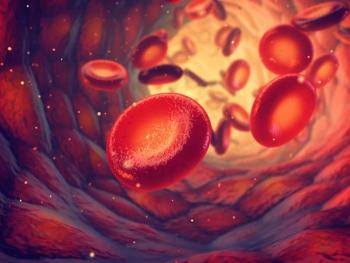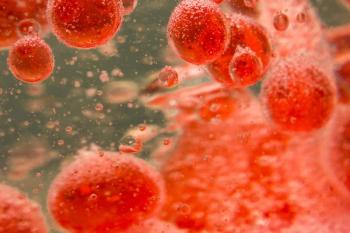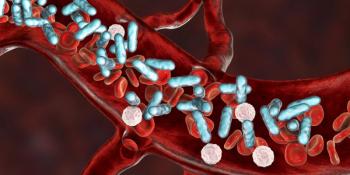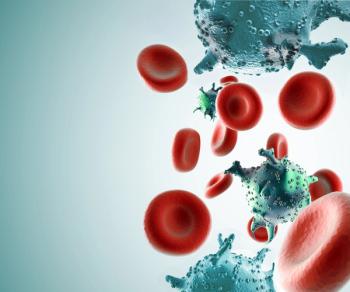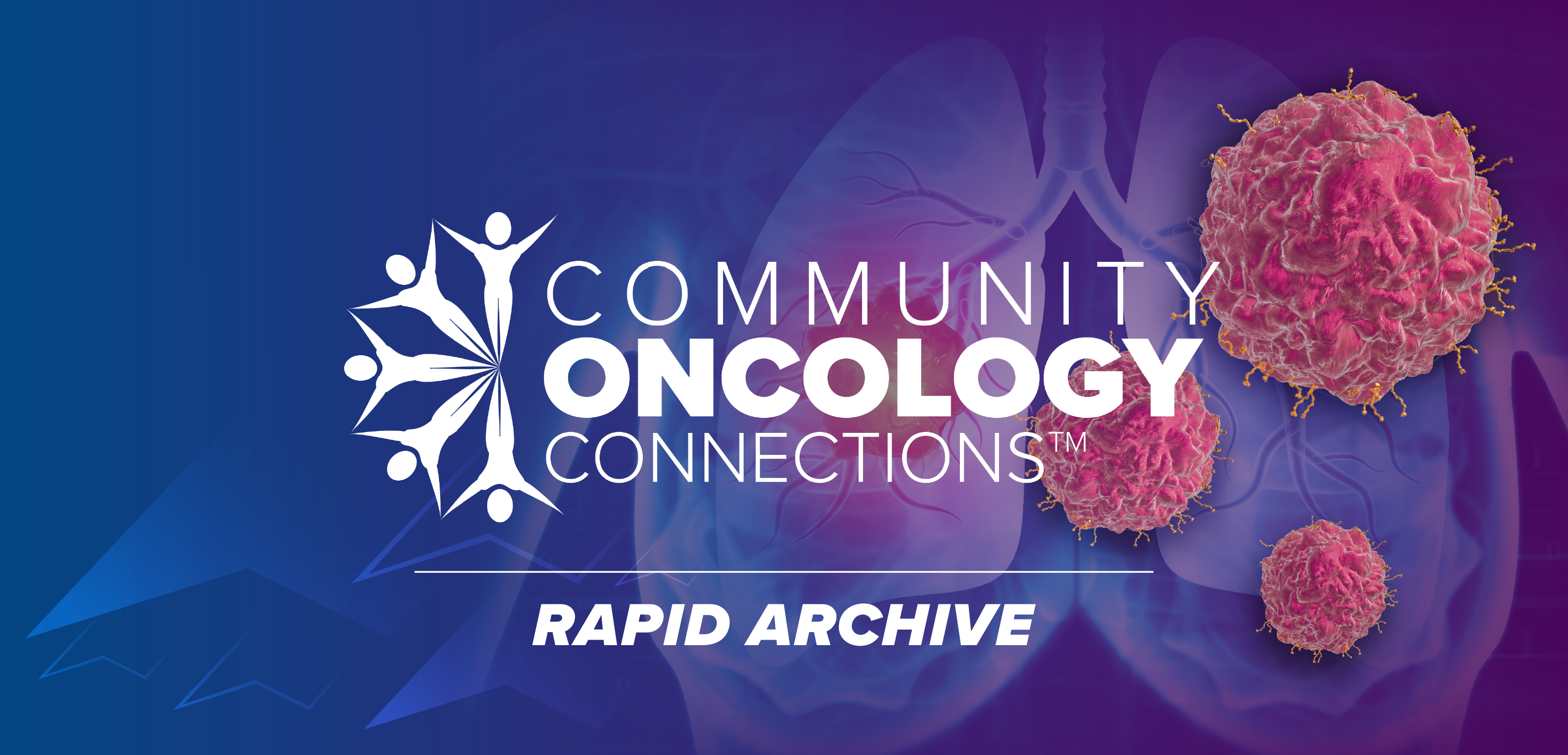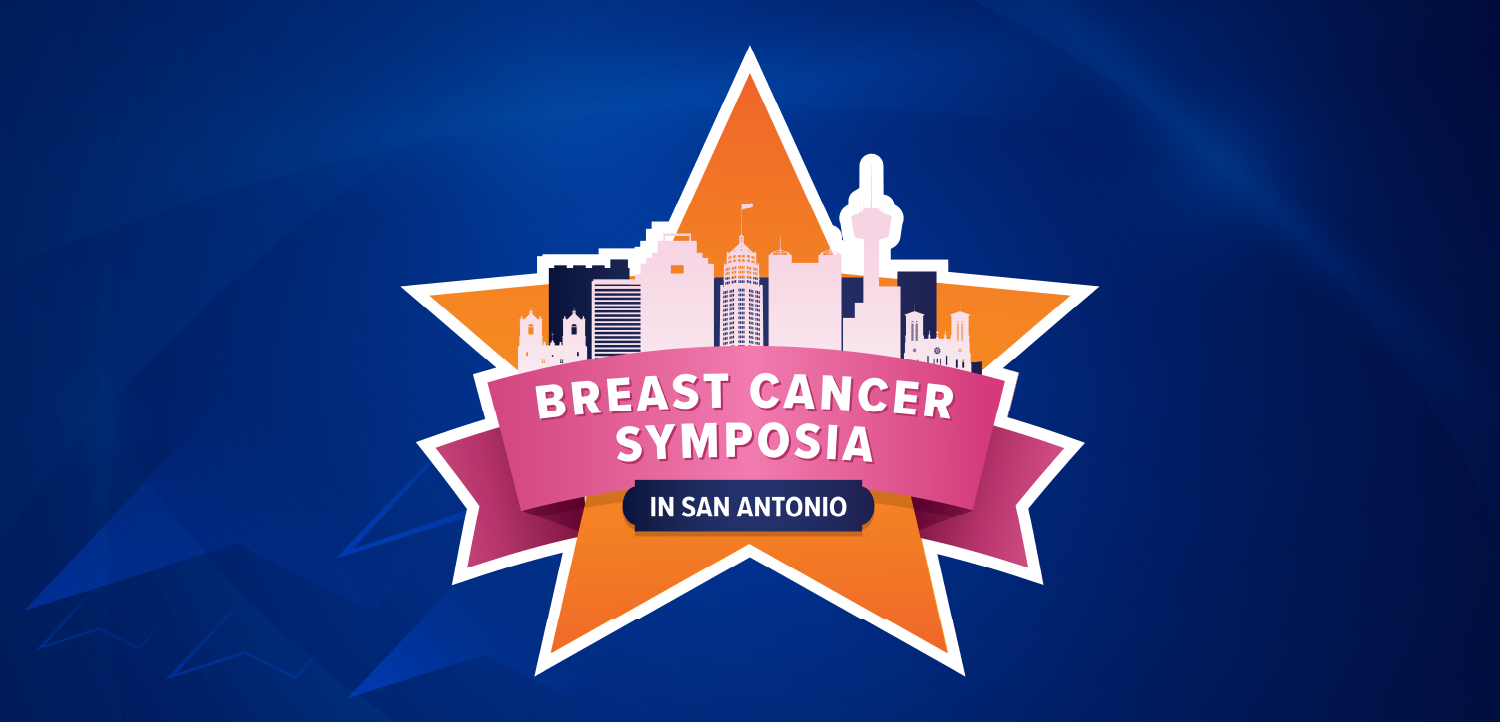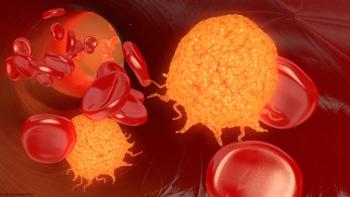
Biagio Ricciuti, MD, Talks About Prolonged Response to Pembrolizumab Monotherapy in PD-L1–High NSCLC
Biagio Ricciuti, MD, spoke about the 3-year follow-up and prolonged survival benefit in patients with non–small cell lung cancer who had very high PD-L1 expression of 90% or more.
Biagio Ricciuti, MD, of the Lowe Center for Thoracic Oncology at Dana-Farber Cancer Institute spoke with CancerNetwork® at the
At the median follow-up of 42.6 months, the median progression-free survival (PFS) in the entire cohort was 5.1 months and the median overall survival (OS) was 19.0 months. Median PFS in expression groups of 90% or more vs 50% to 89% was 6.0 months and 4.5 months, respectively (HR, 0.67; P <.001) and median OS was 30.2 months vs 16.9 months (HR, 0.66; P <.01).
Transcript:
At the 3-year follow-up analysis of the retrospective multicenter study of patients with PD-L1 expression 90% or greater, [patients had] a response rate of 47% which was significantly higher compared with the 32% response rate we observed in the patient cohort with expression of 50% to 80%. This difference in response rate at 3 years translated to a significantly longer median PFS and OS. The median OS was almost 30 months among patients with TPS expression 90% or greater as opposed to 17 months in patients with PD-L1 expression of 50%. The outcomes nearly doubled in this patient population. This suggests a benefit in patients with high PD-L1 expression when compared with chemotherapy. The clinical trial [results were] likely driven by the subset of patients with very high PD-L1 expression. This also suggests that PD-L1 expression acts as a more continuous variable.
Reference
Ricciuti B, Elkrief A, Alessi J, et al. Three-year outcomes and correlative analyses in patients with non–small cell lung cancer (NSCLC) and a very high PD-L1 tumor proportion score (TPS) ≥ 90% treated with first-line pembrolizumab. J Clin Oncol. 2022;40(suppl 16):9043. doi: 10.1200/JCO.2022.40.16_suppl.9043
Newsletter
Stay up to date on recent advances in the multidisciplinary approach to cancer.


